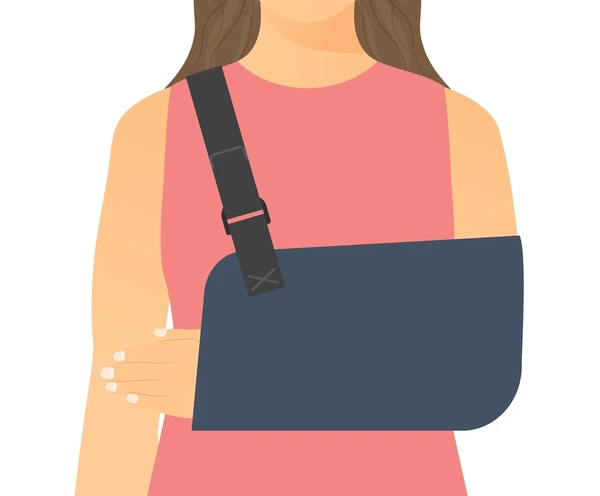Most people have heard of the rotator cuff. The rotator cuff is group of 4 shoulder muscles (subscapularis, supraspinatus, infraspinatus, and teres minor) that surround the ball and socket (glenohumeral) joint (Figure 1). The rotator cuff helps the shoulder move and provides stability to the ball and socket joint. Muscle inserts into bone via tendon. Most commonly, tearing of the rotator cuff occurs at the tendon attachment to bone, hence the phrase “rotator cuff tendon tears.” (Figure 2) Tears are commonly divided in partial-thickness tears (the tear does not go all the way through the tendon), and full-thickness tears (the tear goes all the way through the tendon). A full-thickness tear results in complete detachment from the bone..

Figure 1
Rotator cuff tears can occur from an injury, such as a fall or dislocation, or from degeneration. In most cases, degeneration is the culprit. As we age the rotator cuff tendon, as with other parts of our body, undergoes degeneration that weakens the attachment to bone. The result is that rotator cuff tears are more common as we age. For instance,

Figure 2
- A classic study by Sher et al. published in the Journal of Bone and Joint Surgery in 1995 demonstrated that the frequency of rotator cuff tears increases with age. They performed MRI scans on patients with no shoulder pain. In patients less than 40 years old a tear was present in only 4% of cases. In patients between 40 and 60 years of age, a tear was observed in 28% of cases, with the majority being partial thickness tears. Over the age of 60, 54% of patients had a rotator cuff tear with 26% having a partial tear and 28% having a full-thickness tear.
- Similarly, in a more recent article by Yamaguchi et al. published in the Journal of Bone and Joint Surgery in 2006 it was reported that tear frequency increased with age, particularly over the age of 60. Interestingly, they found that an individual with a full-thickness tear in one shoulder had a 35% chance of having a full-thickness tear in the opposite shoulder even when that shoulder was not painful.
- Finally, a study from Japan published in the Journal of Shoulder and Elbow Surgery in 2010 demonstrated that rotator were more frequent with increasing age and were also more common in the dominant arm and patients with a history of trauma to the shoulder. In other words, both age and use of the shoulder (dominant arm and trauma) are associated with the development of rotator cuff tears.
So what does this all mean? I believe that in the first place it means that not all people with a rotator cuff tear need surgery. Since there are 4 rotator cuff muscles as well as several other muscles that help the shoulder move, a tear of one tendon will not necessarily lead to disability. Several factors are important to consider in the treatment of rotator cuff tears.
- the natural history of tears
- the age and health of the patient
- the quality of the rotator cuff muscle (atrophy and retraction)
- the origin of the tear
In general for a full-thickness painful rotator cuff tear, I recommend repair for patients under the age of 60 and an initial trial of conservative treatment for patients over the age of 70. In between these 2 groups, treatment is based on patient preference and the factors noted above. Of course these are only guidelines. For instance a healthy and very active 70 year old with a family history of parents living into their 90s may desire a repair after only a short course of non-operative treatment, whereas a 60 year old unhealthy patient may be bested treated without an operation. Once again, the ideal treatment is based on multiple factors specific to each individual and can only be determined by a patient after an informed discussion with a shoulder expert who can help you understand all of the factors in your particular situation.
Similar posts



